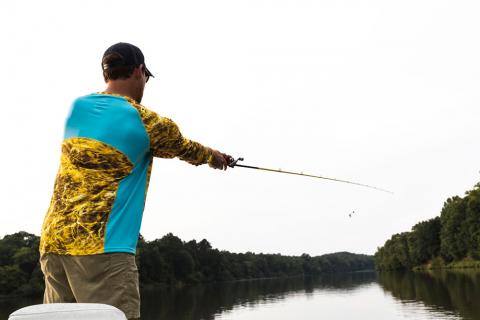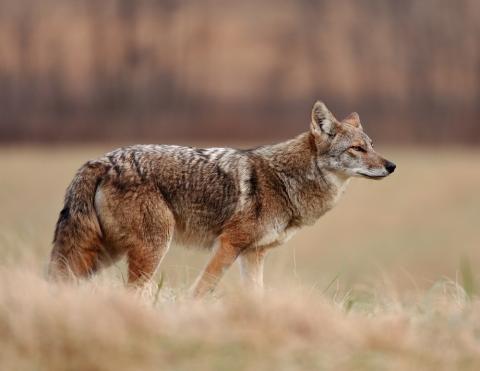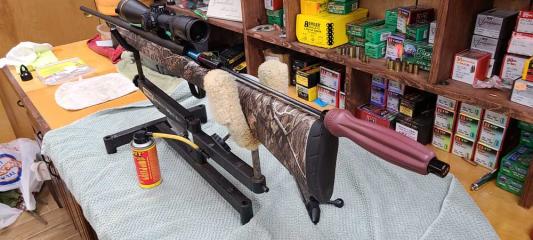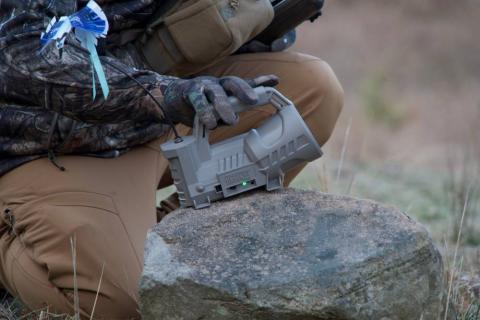Ron Jolly
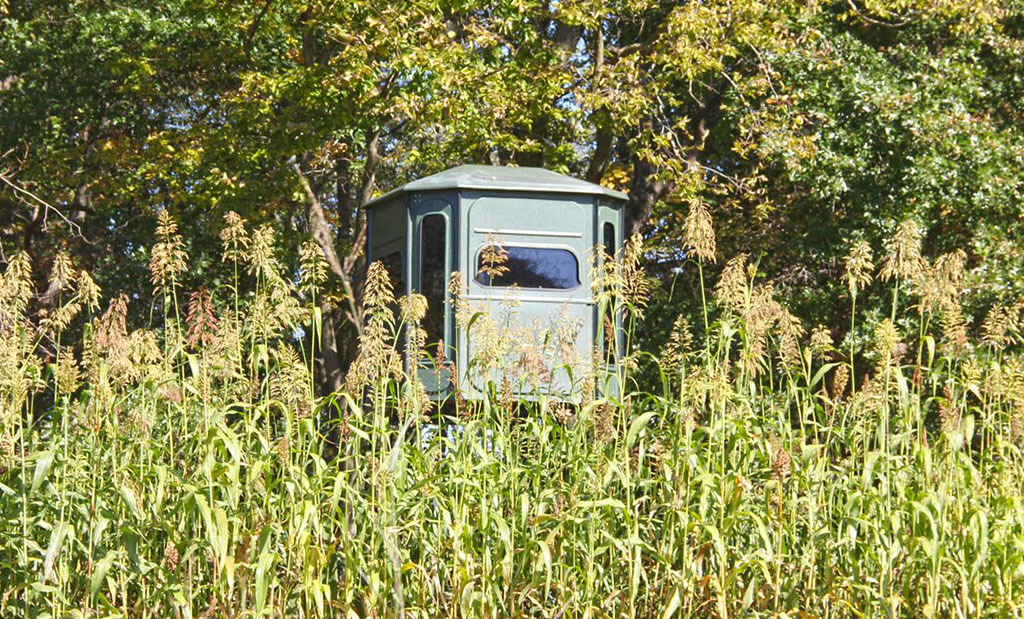
The location you choose for your shooting house should obviously provide ample food and cover for deer, but there are more factors than just food and cover that cause deer to use a specific area frequently. In order to justify the effort, expense and increase your odds for success, look for specific reasons for deer to visit an area. The more reasons for deer to be in a certain area, the better the site is suited for a “permanent stand.” Here are a few areas high on my list when searching for a place to put a permanent stand:
1. Pinch Points
A pinch point can be where a wood lot narrows due to fields on either side or where a creek forms a narrow passage between the creek and woods edge – wherever you can restrict their movement to a smaller zone. Pinch points are good locations for permanent stands because deer are naturally funneled through the narrow area between two or more obstacles. When putting a permanent stand at a pinch point, pay close attention to prevailing wind directions. I like to place the stand where I can hunt it with as many wind directions as possible. I also keep in mind where the wind will be coming from on colder days since deer tend to move more in cold weather.
2. Crossings
Deer tend to cross creeks, gullies, roads, fences or water in the same place time after time. These crossings are usually located at the easiest place for the deer to cross the obstacle. A shallow or narrow place in a slough, a place where a creek bank is not as steep or where a gully is not as sharp, are good locations for crossings.
3. Feeding Areas
Feeding areas can be food plots, browsing areas, or areas where mast is available at certain times of the year. Food plots are perhaps the best feeding area for a shooting house due to the fact that they offer deer food for prolonged periods of time where mast crops are seasonal. An area that offers both, planted and natural food sources is an excellent spot for a permanent stand.
4. Trails
Trails are a good location for permanent stands especially where multiple trails converge and can be covered from the stand. Deer prefer certain travel routes. Repeated use of these routes obviously forms a trail. The more trails you can cover from a permanent stand, the better your chances for success.
5. Escape Routes
Escape routes are used by deer when they feel pressure and decide to vacate the area. These routes are often hard to locate but can be very productive when other hunters are in the area. Deer tend to use these routes over and over again. If it keeps them safe once, chances are they’ll use it again if the conditions are similar. Look for faint trails leading into thickets or dense cover. Also look for undisturbed areas near roads or steep terrain.
Back in the day, sign on the ground such as tracks, droppings, rubs, scrapes or visual observations were key methods of determining where to locate a permanent stand. Today, however, trail cameras are invaluable in determining stand sites. Properly placed and programmed trail cameras eliminate the guess work and document the “who, when and where” of deer activity in a given area. Trail cameras that offer time lapse mode are particularly effective for determining deer movement in a given area.
Shooting houses, or permanent stands, are all about location, location, location! Once you have located that perfect spot it is only logical to place a stand that will be comfortable, effective and efficient. After all, this is where you will spend many hours in hopes of tagging your dream buck.

















